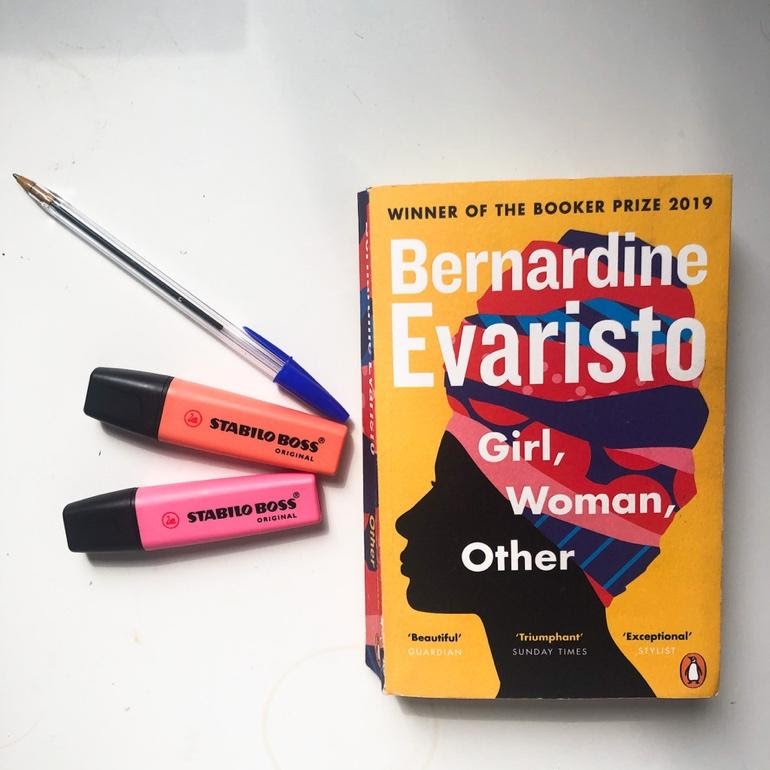
Culture writer Liv Jones takes a close look at Bernadine Evaristo’s most well known novel: Girl, Woman, Other – stressing the importance of broadening one’s perspective through literature
After the tragic death of George Floyd and the protesting that followed, I wanted to inform myself further on racial injustice. One aspect of this was to expand my reading to include more literature by BAME authors. Girl, Woman, Other was the perfect book to start with. This book lives up to its long list of accolades; winner of The Booker Prize 2019, shortlisted for the Women’s Prize for Fiction 2020 and for the Orwell Prize for Political Fiction 2020. I would recommend this to anyone and everyone.
Evaristo’s eighth novel follows the lives of twelve black women who live in the United Kingdom. Each small chapter is dedicated to one woman and three chapters together create a story in which their lives overlap. The book travels through different decades, looking at a range of generations, backgrounds and experiences.
The book travels through different decades, looking at a range of generations, backgrounds and experiences
The women themselves could not be more diverse. We are introduced to Amma – a lesbian socialist playwright, Carole – a high-flying business woman who was abused as a teen, Shirley – a talked-over-by-men teacher at a low achieving high school, and Morgan – a non-binary person who discovers their preferred gender identity through Twitter conversations. However, all their stories share one overarching theme – prejudice.
Each story is deeply emotional and encourages empathy from the reader. Each character is complex and flawed. They all have made questionable decisions and experienced setbacks in their lifetime, something which works to make the characters both relatable and realistic. Reading the novel, I found I was rooting for each main character as if they were my friend or family member. Conjuring up such well-developed characters through writing is rare, and Evaristo mastered it perfectly. Each character is complex and flawed
The relationships between the main characters are touching and kind. The women support and protect each other from diverse prejudices, motivated by race, gender, sexuality and class. It feels here that Evaristo is encouraging us to stand together, to support each other despite having different lives and struggles.
Evaristo uses an extremely unique style of writing, marked by a lack of punctuation. She doesn’t use capital letters to start sentences, full-stops or quotation marks and the sentences/paragraphs are split into single word lines, looking more like a play script than a novel.
Whilst reading other reviews of the book, it became clear that some readers didn’t like this lack of convention – even describing it as a ‘pet peeve.’ Although perhaps not for everyone, after a chapter of getting used to it, I loved this form of writing, which more closely resembles how real people speak. I found it easy to follow and it pushed me to read on until the end of the chapter. I interpreted this use of style to demonstrate that the discrimination and anguish faced by the women are on-going and never-ending struggles, they don’t just stop when the reader puts the book down.
Reading BAME literature is so important
I devoured Girl, Woman, Other. It is well-written, engaging and immersive. It is first and foremost a great read, but also helped me see the world from different perspectives, something we all need to be doing more of.
Like this? Read more book reviews from Culture below:

Comments